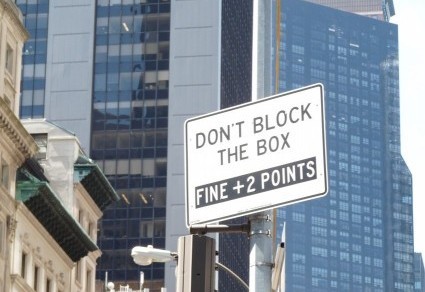Recently I heard an AI-generated voice announce that the next bus stop would be “One Oh First Street.” Huh? I’d made peace with the same voice on a different bus alerting me to the stop for “Central Park TraVERSE” (accent on the second syllable, missing N) instead of “TRANSverse” (accent on the first syllable). But “One Oh First”?
With numbers, accuracy matters. Unfortunately no one told the person who designed this description of the M15 bus route:

Check the middle: E 23 St, E 34 St, E 29 St, E 42 St. In other words, after stopping on E 23 St (East 23rd Street), the bus zips to E 34 St (East 34th Street) and then doubles back to E 29 St (East 29th Street), whereupon it loops up to E 42 St (East 42nd Street). Mathematicians, NYC Transit needs you!
So does Social Security:

Check the age groups. According to this ad, if you’re 71, 72, 73, or 74, you’re out of luck. No new benefit for you!
This message popped up on my friend Catherine’s computer. It has all the right numbers, but the meaning is bonkers:

For non-techies, 404 is a computer-generated code indicating that you’ve entered a wrong or obsolete web address. The numbers are supposed to be followed by what Wikipedia calls “a human readable reason phrase.” Well, I’m human and I read, but I fail to see reason here. How can you find something that doesn’t exist? That’s a question for philosophers, as are these: If I’ve reached that page, does my computer exist? Do I?
This page does exist, thanks to those who creatively mangle the English language. Keep at it, people! We need reasons to smile. And if you spot silly signs, please send them to me along with the snarky comments they inspire. With your help, Grammarian in the City will never be a 404.







